Divers Made an Incredible Discovery Near Titanic
It’s been 111 years since the Titanic sank. The world’s most famous shipwreck is shrouded in mystery. So much so that it continues to fascinate divers, scientists, and Titanic fans all around the world. But I suspect these people have a reason for this.
Ever since the Titanic sank, expeditions have scoured the deep waters of the North Atlantic Ocean to locate the wreck. The wreck was discovered pretty recently — only 38 years ago. But since then, several expeditions continue to go down there to explore and assess the wreck.
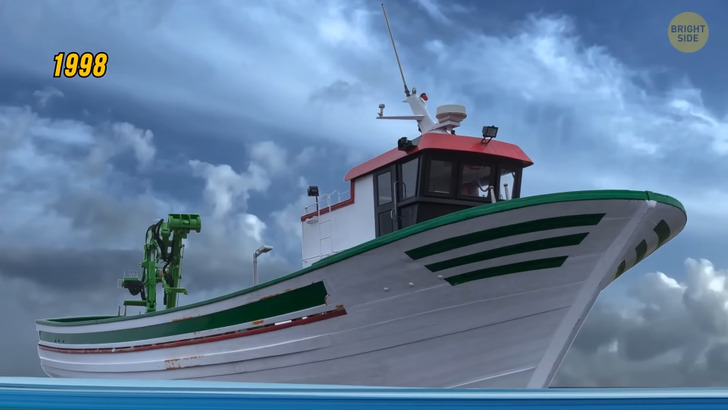
In 1998, a diver known as Paul Henry Nargeolet located a strange blip near the Titanic’s shipwreck. Using a sonar, he was receiving clear signals that something massive was sharing the floors of the Atlantic Ocean near where the wreck was located. For 26 years, no one could identify the origins of the blip.
Sonar images showed it was something of significant size and scientists believed it could even be another shipwreck. The mysterious blip remained unidentified until recently when a team of divers managed to locate the area where the blip originated from. To their surprise, it wasn’t another sunken ship, but rather a huge coral reef teeming with life.
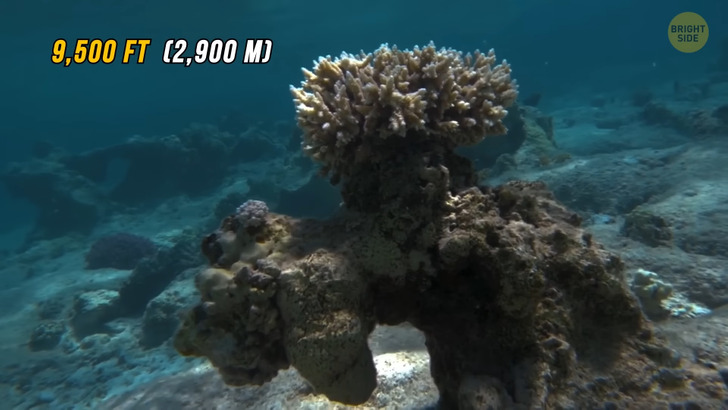
The mystery was solved by an excursion led by OceanGate Expeditions, a company specializing in deep-sea diving. They were taken aback by the possibility of life developing over 9,500 ft below the surface. The reef is dense and lively. One will find a vast array of sponges, bamboo corals, other cold-water corals, squat lobsters, and even fishes. The coral reef is temporarily being called the Nargeolet-Fanning Ridge, as an honor to the team of divers that located it.
If you’re thinking all of this seems pretty normal, think again. The place where the Titanic shipwreck is located is dark, barely any sunlight arrives there. The main source of light is bioluminescent fish, for instance. According to the OceanGate Expeditions divers’ team, this discovery near the Titanic wreck will bring about a profound change in the studies of deep-sea marine life. And this analysis won’t stop here.
OceanGate Expeditions is continuing its explorations of the Titanic’s debris field in 2023. They are recruiting divers that are interested to enroll in their program and take part in these exciting discoveries. I mean, who wouldn’t want to spend their afternoon exploring the wonders of the Titanic, right?
The Titanic remains are subject to many recent studies. All of these years of collecting data have resulted in some pretty interesting projects. For the first time ever, the evolutions of Titanic’s wreck can be seen in a 3D animation. The simulations show how Titanic was when it first sank into the Atlantic Ocean in 1912, up until the state of the ship’s ruins today.
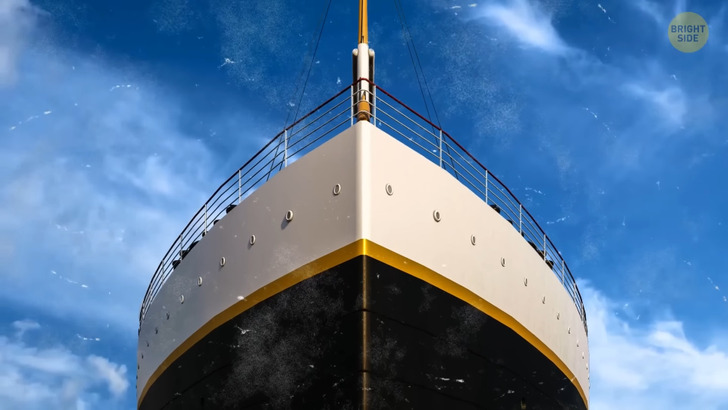
Unless you’ve been living under a rock, you’ve certainly heard of that tragic April 14th night. When the RMS Titanic, the world’s largest ocean liner, also known as the unsinkable ship, began its very first voyage from Europe to North America. As the story goes, the ship hit an iceberg and sank in just a few hours, taking down with it more than 1,500 souls that were onboard the vessel. Many folks couldn’t wrap their heads around the explanation given for the wreck.
After all, was it possible that an unsinkable ship would break so easily? Perhaps that is one of the reasons why this tragedy has captivated people for so many years. It wasn’t until 1985 that Titanic’s location was discovered for the first time. The ship was found by oceanographer Robert Ballard’s team and its discovery completely shook the world. Scientists and people around the globe were fascinated to see what had become of the world’s most famous shipwreck.
Unfortunately, due to technological limitations, Ballard’s expedition was extremely limited. They couldn’t see the entire ship, only the hulk and the deck of the Titanic. But they could define one especially important fact. Whatever had been the cause of the wreck, the ship had indeed been torn in half before sinking. Ballard really wanted to understand how to preserve the ruins of the ship from deteriorating and to recover the massive number of personal items scattered along the seabed.
Imagine being one of the first people to see the Titanic, years after it disappeared into the bottom of the ocean. Ballard says it was as shocking as it was emotional. In the field of debris around the wreck, the oceanographer discovered a multitude of small objects and personal belongings. These might have been the first expeditions down to the Titanic, but they sure weren’t the last.

James Cameron is another aficionado of the Titanic story. Many may not know, but this is the same James Cameron that directed the motion-picture Titanic. Until today, he has dived over 33 times to visit the ruins of the ship. And counting! Cameron became highly involved in the team of experts and scientists that analyze and assess the ship’s ruins.
Quick trivia here: the movie director says he only accepted to direct the movie Titanic so that he could get to visit the wreck as many times as he wanted. He might have dived down there more than anyone, but Cameron has been a key player in the evolution of studies and preservation of the ship’s wreck.
Actually, it was filmmakers that allowed for the evolution of deep-sea filming. We’ve said this before: the place where the wreck is located is dark and visibility underwater is different than on the surface. Expeditions needed huge amounts of light to see just a few feet ahead of them. Imagine trying to capture, in detail, an entire wreck!
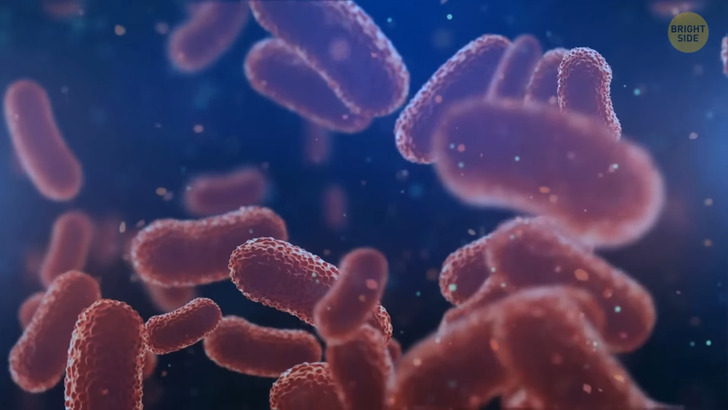
In his explorations of the ship’s ruins, Cameron piloted an innovative robot vehicle equipped with high-definition cameras and revealed spaces in the Titanic that no one had ever seen before. Oh, and to make documenting the Titanic even more difficult, when the wreck of the ship was rediscovered by scientists, it was already covered with red-colored rust that made it even harder to capture good images of the ship. The color red doesn’t reflect well underwater, which was quite unfortunate for the eager team of filmmakers trying to capture the Titanic.
From a distance, it all looked like reddish-brown wax dripping all over the ship’s ruins. But far from wax, these icicle-shaped structures were identified to be large colonies of microorganisms. Unfortunately for the wreck, these colonies were identified to be iron-eating bacteria. As it turns out, the Titanic is home to a larger biodiversity now than it was when it was afloat. Who would have thought that when a ship sinks, it brings down with it an enormous number of bacteria?
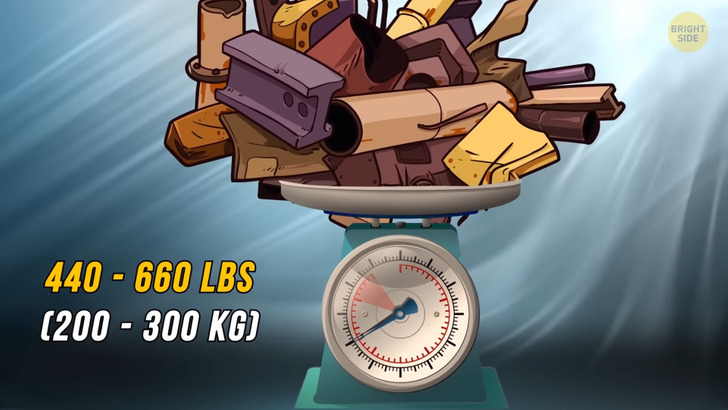
If you stop to think of it — it makes sense. The surface of the planet has a different type of biodiversity than the bottom of the ocean. Hulks of ships are known to transport varied species of marine life from one side of the globe to the other. What maybe we didn’t suspect is that this could happen in a vertical logic too. Meaning: when a ship sinks, it takes with it a lot more than just its own structure.
The type of bacteria that the Titanic brought to the bottom of the ocean didn’t previously exist there. And even if that meant the bacteria wouldn’t thrive in such harsh conditions at the bottom of the ocean, it worked the other way around. The red rusty-looking microorganisms that are taking over the Titanic are seriously threatening the state of the wreck. These red colonies can eat up to 440 — 660 pounds of iron per day, which makes the Titanic a colossal food court at the bottom of the ocean.
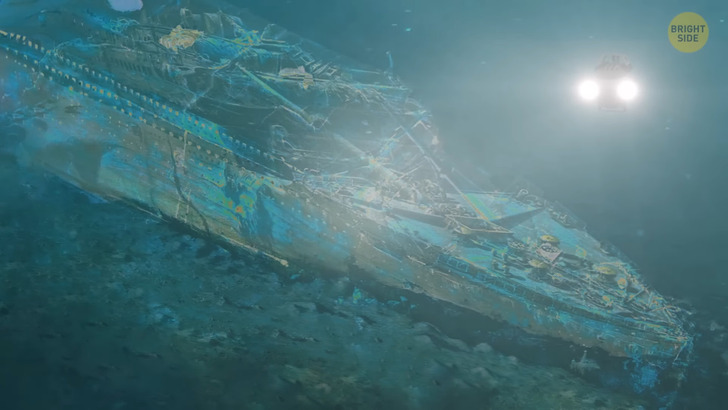
Since scientists made this discovery, there has been wide speculation regarding the life expectancy of the ship’s wreck. Some estimated that the wreck would only survive another 50 years, due to the growth rate of these bacteria.
But fear not! According to Cameron’s research team, the wreck isn’t going anywhere. At least not anytime soon.
Comments
Related Reads
9 Famous People and the Story Behind Their Not-So-famous Scars

9 Outdated and Dangerous Ideas We’re Still Trying to Beat Into Our Children’s Heads

I Put My Dad’s Widow Out of the House — It’s Not a Free Hotel

12 Real Stories Shrouded in Eerie Mystery

I Checked Our Security Camera After Leaving My Newborn in the Care of My Sister-in-Law

I Refuse to Postpone My Vacation—Now My MIL’s Blackmailing Me

10 Stories From People Who Regretted Eating at Someone’s House

11 Riddles That Toasted Our Brain Like a Marshmallow

10 Family Conflict Stories That Will Leave You Shocked

My In-laws Invited Everyone to a Family Gathering — Except For My Kids

14 Mysterious Events That Made People Think: “I Won’t Get Over This!”

14 Discoveries That Turned Out to Be More Brutal Than People Thought
